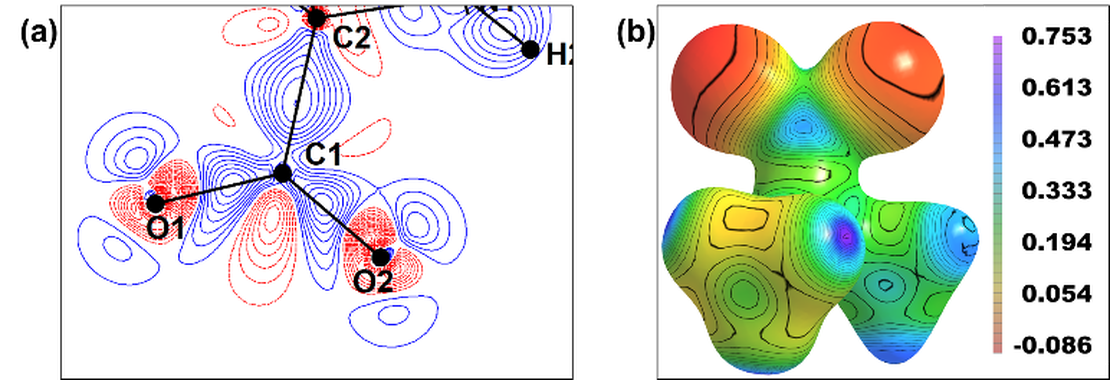Quantum Crystallography in Materials Science
Selected quantum crystallographic tools will be examined for their ability to elucidate structure–property correlations in a range of functional materials. Building on recent literature and case studies from ongoing research, particular focus will be placed on how charge density analyses have shed light on magnetic, optical, electronic and other properties.
Read MoreX-ray restrained/constrained wave function: milestones and perspectives
Today, the X-ray restrained wavefunction (XRW) method (also known as X-ray constrained wavefunction (XCW) approach) stands as one of the cornerstone techniques in modern quantum crystallography. First introduced by Dylan Jayatilaka in 1998, the strategy has undergone a steady and continuous methodological development…
Read MoreElectron Diffraction and Quantum Crystallography
Focusing on both complex protein structures and small organic molecules, the lecture will explain how adapting electron density models from X‑ray diffraction to electron-based techniques can transform our understanding of molecular interactions and structures on the nanoscale
Read More
Charge Density Analysis of Organic Nanocrystals via 3D ED Data
I will give a short introduction into techniques for chemical-bonding analysis from single-crystal diffraction data (multipole modeling, X-ray wavefunction refinement) and into quantum-chemical methods for deriving bonding descriptors
Read More
Hirshfeld Atom Refinement for Spin State Investigations on Transition Metal Complexes
The spin states of transition metal complexes have been extensively studied using both theoretical and analytical methods. Here, we demonstrate an alternative method utilising Hirshfeld Atom Refinement…
Read More
Electron Density Studies on Cobalt Single-Molecule Magnets
In 2021 Stalke et al. analysed several tetrahedral distorted Co2+ complexes and predicted that a bite angle between 76-78° maximises the magnetic anisotropy, as it minimises the energy gap between the dxy and dx2-y2 orbital. The closer the orbitals are in energy, the larger is the magnetic anisotropy
Read More